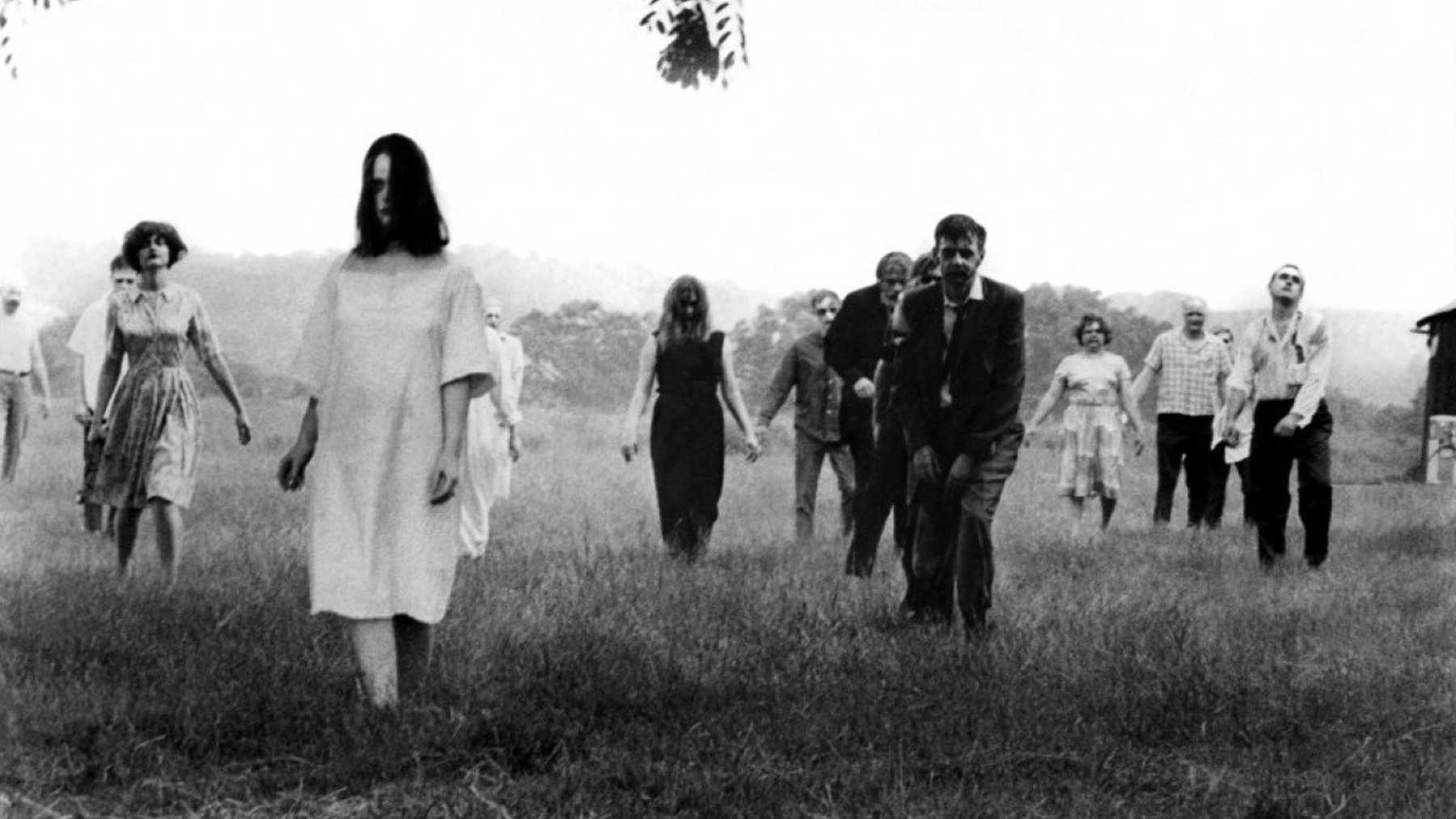
Much like 28 Days Later, Tomas Alfredson’s Let the Right One In (and Matt Reeves’ Let Me In, its American remake) is a horror film that challenges and crosses genre boundaries. It’s “respectable” horror, what critics call “more than a horror film.”At different points, it is a coming-of-age romance, a slow-burn drama, a gratuitous revenge story. It balances notes of deep tenderness and intense violence. And, more than any other film so far, it invites us to empathize with the conventional “monster”—the vampire child—rather than hating or fearing it, and positions the human characters as the “real” monsters (the bullies, the pedophile caretaker), so that once we reach the end, we feel some kind of catharsis, which might then lead to confusion about our feelings and reactions. In this way, the climax of Let the Right One In (and its remake) is remarkably similar to Jim’s rampage in 28 Days Later.
We haven’t watched any vampire movies in this course, but as far as vampire narratives go, Let the Right One In is unique and subversive, especially given that it was made and remade during the Twilight craze. Aside from Eli’s aversion to sunlight, the film doesn’t use the popularized vampire lore (garlic, crosses, etc.). Vampires are often portrayed as hypersexual beings that use seduction to lure prey; this is not Eli’s modus operandi. Vampires are also traditionally the obvious antagonists of their respective films, soulless demons who taunt their prey and enjoy killing; this is obviously not Eli, either. Like Oskar, Eli is a misfit, and very lonely, and Let the Right One In is a film that aligns us firmly with the lonely misfits. Eli is also gender ambiguous, which invites a queer reading in ways the remake purposefully evades. You can read an illuminating blog post about that here. The post discusses the source-novel’s differences as well.

The revision of Eli from gender ambiguous to decidedly female (the remake renames her Abby, for example, and eliminates the question of anatomy altogether) is one of the few major revisions Reeves makes to Alfredson’s film (which is generally shot-for-shot the same film). Additionally, the subtle changes to both Abby and Owen render them their own characters, not copies of Oskar and Eli. There are are aesthetic differences as well; as with Ringu and The Ring, the remake uses a darker, cool-toned filter to cultivate a gloomier atmosphere, and changes the decade to the 1980s, so the two films look superficially different. Reeves also completely revises caretaker’s method of disfigurement, as well as eliminates the implication that he’s a pedophile. Instead, the implication is that Abby befriended him in his childhood, which complicates the motivations of her character, inviting us to consider if she is only grooming Owen to be her caretaker.
Aside from these changes, there’s not too much difference between the two films, which were made only two years apart. Here is a video that explores some of the correlative scenes in parallel:
Given the very few revisions between the original and the remake here, and with many other foreign horror films, it does seem that language difference is the driving factor for remaking a horror film. Still, there are changes here beyond the language worth considering on their own terms. The revisions from Eli to Abby are especially important to interrogate. What do the remake’s changes reveal about the directors’ shifts in vision, and the kinds of issues introduced in Lindquist’s novel they were most interesting in exploring? What do these changes reveal about the cultural differences between intended audiences at the time?

